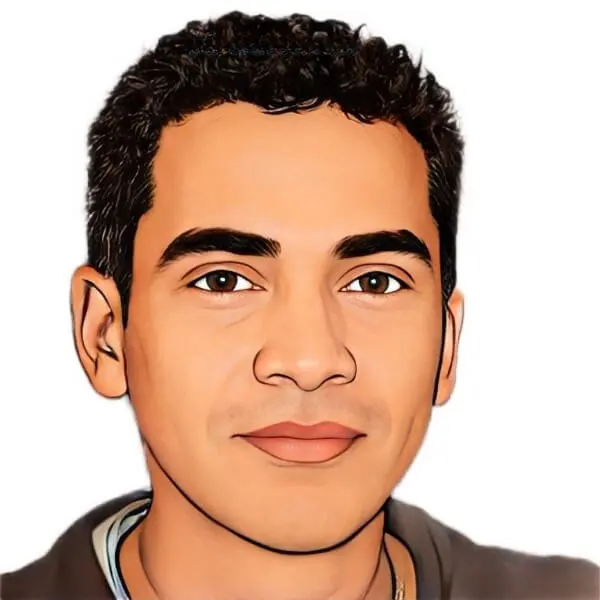1 – Focusing on Safety
As one of the leading AI safety research organizations, OpenAI understands the importance of developing powerful language models responsibly. They are committed to designing models that are helpful, harmless, and honest. By carefully considering how language models may be misused or cause unintended harm, OpenAI aims to build safeguards that prevent potential downsides.

Content
2 – Scaling Model Capabilities
Through self-supervised learning on massive text datasets, OpenAI has created some of the largest and most capable language models to date. Models like GPT-3 demonstrate the potential of scaling up language models to be more flexible, knowledgeable and capable of engaging in natural conversations. While larger models allow for more advanced applications, safety remains a top priority for OpenAI.
3 – Advancing Constitutional AI
OpenAI is exploring techniques like Constitutional AI to ensure language models behave beneficially according to a set of constraints. By carefully defining a model’s objectives and values, Constitutional AI aims to develop language models that are robustly helpful, harmless, and honest. This approach could help guide the behavior of powerful models and reduce the risk of potential negative outcomes.
4 – Focusing on Beneficial Applications
Instead of just developing new technologies, OpenAI focuses on how their language models can be applied to solve real-world problems and improve people’s lives. For example, their ChatGPT model is being used by Anthropic to build helpful conversational assistants for customers. OpenAI also partners with other organizations applying their models for healthcare, education and other beneficial domains.
5 – Democratizing Access to Language Models
Through APIs and services, OpenAI aims to democratize access to the capabilities of large language models. By making their models available through APIs, more developers can explore applying language models without needing to train their own from scratch. This helps spread the benefits of advanced AI while maintaining OpenAI’s high standards for safety, oversight and control of their models.
In conclusion, through their research on safety, scaling, applications and access, OpenAI is helping to push the boundaries of language models in a responsible manner focused on benefitting individuals and society. While larger and more capable models allow for exciting new possibilities, OpenAI understands the importance of developing them safely and applying them for good. Their work will be important in helping realize the promise of advanced AI for the future in a way that has broad benefits.
FAQs
How do OpenAI ensure their language models are helpful?
OpenAI focuses on Constitutional AI techniques like defining a model’s objectives and values from the start to encourage beneficial behavior. They also apply techniques like conversational steering to gently guide models towards helpful, harmless and honest responses.
What are some examples of how OpenAI models are being applied?
ChatGPT is being used by Anthropic to build conversational assistants. Healthcare companies are exploring using language models for medical transcription, summarization and answering doctors’ questions. Edtech companies aim to apply models to personalized learning and tutoring.







